算法最简单之_链表
2016-08-03 17:05
573 查看
node类:
(一)单链表
1)构造链表
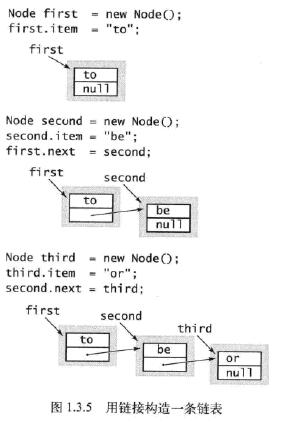
2)链表头插入
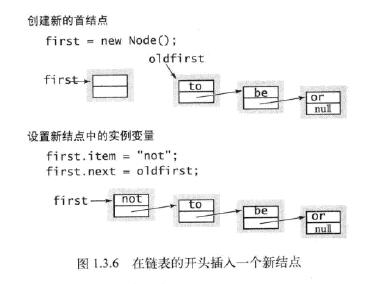
3)链表头删除
只需要 first = first.next 即可
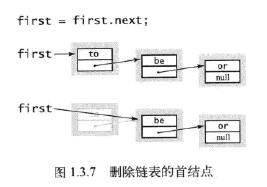
4)链表任意位置添加
添加位置前后断开,分别指向对应的引用即可
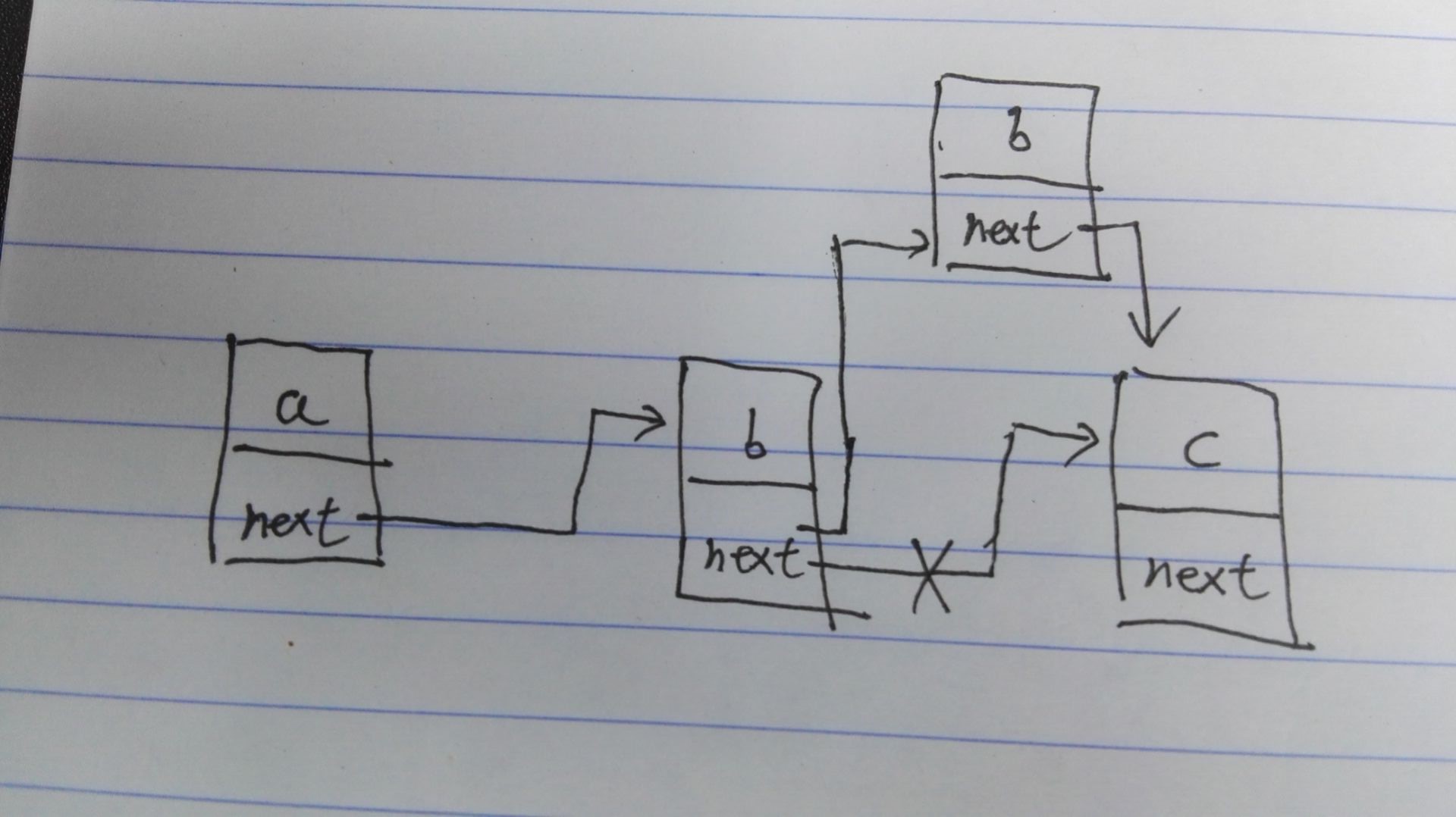
5)任意位置删除

6)链表遍历
7)根据位置和根据节点查找
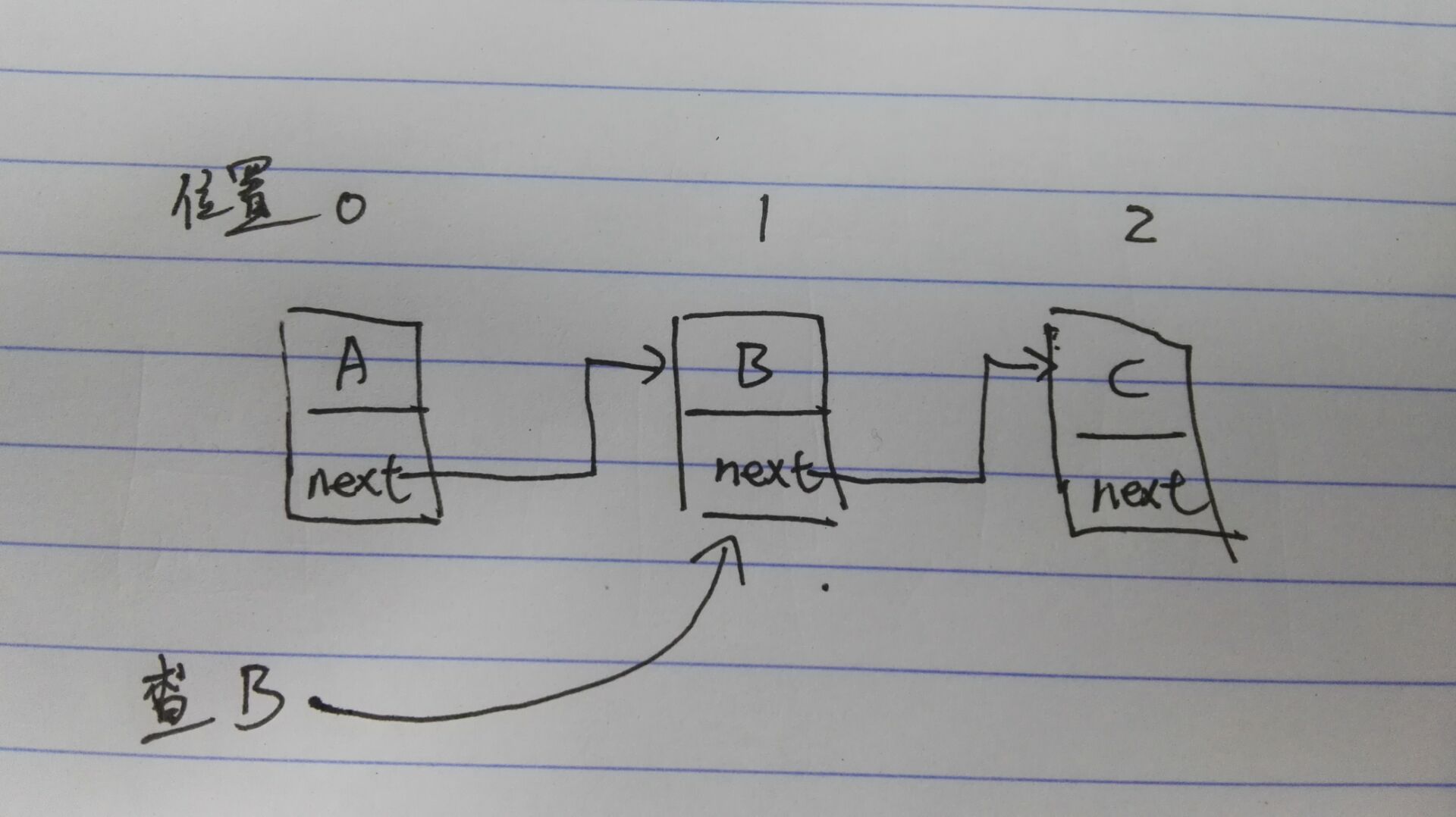
(一)双链表
1)它是这样的

2)双链表整体鸟览

3)双链表添加

4)双链表删除

5)双链表代码
参考:
http://blog.csdn.net/tayanxunhua/article/details/11100097/ http://hiliangliang1130-126-com.iteye.com/blog/1144023 http://www.cnblogs.com/xilifeng/archive/2012/10/06/2713185.html http://blog.sina.com.cn/s/blog_7d44748b01013fsf.html
//节点类
public class Node {
protected Node next; //指针域
protected int data;//数据域
public Node( int data) {
this. data = data;
}
//显示此节点
public void display() {
System. out.print( data + " ");
}
}(一)单链表
1)构造链表

2)链表头插入

// 插入一个头节点
public void addFirstNode( int data) {
Node node = new Node(data);
node. next = first;
first = node;
} 3)链表头删除
只需要 first = first.next 即可

// 删除一个头结点,并返回头结点
public Node deleteFirstNode() {
Node tempNode = first;
first = tempNode. next;
return tempNode;
} 4)链表任意位置添加
添加位置前后断开,分别指向对应的引用即可

// 在任意位置插入节点 在index的后面插入
public void add(int index, int data) {
Node node = new Node(data);
Node current = first;
Node previous = first;
while ( pos != index) {
previous = current;
current = current. next;
pos++;
}
node. next = current;
previous. next = node;
pos = 0;
}5)任意位置删除

// 删除任意位置的节点
public Node deleteByPos( int index) {
Node current = first;
Node previous = first;
while ( pos != index) {
pos++;
previous = current;
current = current. next;
}
if(current == first) {
first = first. next;
} else {
pos = 0;
previous. next = current. next;
}
return current;
}6)链表遍历
// 显示出所有的节点信息
public void displayAllNodes() {
Node current = first;
while (current != null) {
current.display();
current = current. next;
}
System.out.println();
}7)根据位置和根据节点查找

// 根据位置查找节点信息
public Node findByPos( int index) {
Node current = first;
if ( pos != index) {
current = current. next;
pos++;
}
return current;
}
// 根据数据查找节点信息
public Node findByData( int data) {
Node current = first;
while (current. data != data) {
if (current. next == null)
return null;
current = current. next;
}
return current;
}(一)双链表
1)它是这样的

2)双链表整体鸟览

3)双链表添加

4)双链表删除

5)双链表代码
/**
* 双向链表
* @author yl
*
*/
public class LinkNode {
private Object obj;
private LinkNode child;
private LinkNode parent;
public LinkNode(Object obj){
this.obj=obj;
}
//定义方法
public Object getObj(){
return obj;
}
public void setObj(Object obj){
this.obj=obj;
}
public LinkNode getChild(){
return child;
}
public void setChild(LinkNode child){
this.child=child;
}
public LinkNode getParent(){
return parent;
}
public void setParent(LinkNode parent){
this.parent=parent;
}
}
再来对这个链表进行测试:
package cn.链表;
/**
* 双向链表的测试
* @author Administrator
*
*/
public class LinkListTest {
private static LinkNode front=null;
private LinkNode last=front;
public static void main(String args[]){
LinkListTest list=new LinkListTest();
list.add("头结点");
for(int i=0;i<10;i++){
list.add("结点"+i);
}
//测试指定位置下取得结点
Object obj=list.getLinkNode(3).getObj();
//测试在指定位置插入元素
list.add(3, "新来的元素");
System.out.println("<><><><><><><>"+obj);
list.printLinkNode(front);
System.out.println("<><><><><><><><><><><><><><><><><><><><><");
// list.remove(3);
// list.printLinkNode(front);
list.upDate(3, "值被改变的元素");
list.printLinkNode(front);
System.out.println("<><><><><><><><><><><><><><><><><><><><><");
list.printLinkNode1(3);
}
/**
* 在链表的后面插入元素
* @param obj
*/
public void add(Object obj){
//根据给定的值创建结点
LinkNode node=new LinkNode(obj);
if(front==null){
//如果链表为空的时候
// front.setChild(node);
// node.setParent(front);
//第一个结点也即是最后一个结点
front=node;
last=front;
// System.out.println(front.getObj());
}
else{
//新插入的结点为最后一个结点
last.setChild(node);
node.setParent(last);
last=node;
}
}
/**
* 在指定位置插入元素
* @param index
* @param obj
*/
public void add(int index,Object obj){
//先创建结点
LinkNode node=new LinkNode(obj);
//判断传入的下标
if(index<0||index>size()){
throw new RuntimeException("下标越界:size:"+size()+"index:"+index);
}else{
//传入的下标符合要求
if(front==null){
//如果链表为空的时候
front=node;
last=front;
}else if(index==size()){
add(node);
}else{
//链表不为空,取得当前下标的结点
LinkNode nownode=getLinkNode(index);
//得到父结点
LinkNode fnode=nownode.getParent();
//重新定义新的引用关系
fnode.setChild(node);
node.setParent(fnode);
node.setChild(nownode);
nownode.setParent(node);
}
}
}
/**
* 根据下标,删除当前的结点
* @param index
*/
public void remove(int index){
if(index<0||index>size()){
throw new RuntimeException("下标越界:size:"+size()+"index:"+index);
}else{
//传入的下标符合要求
if(front==null){
//如果链表为空的时候
System.out.println("链表为空,不能删除元素啦!!!");
}
else{
//链表不为空,取得当前下标的结点
LinkNode nownode=getLinkNode(index);
//得到父结点
LinkNode fnode=nownode.getParent();
//得到父结点
LinkNode cnode=nownode.getChild();
//重新定义新的引用关系
fnode.setChild(cnode);
cnode.setParent(fnode);
}
}
}
/**
* 根据下标取得当前的结点
* @param index 下标值
* @return
*/
public LinkNode getLinkNode(int index){
//判断传入的下标
if(index<0||index>size()){
throw new RuntimeException("下标越界:size:"+size()+"index:"+index);
}else{
//先取得头结点
LinkNode node=front;
int i=0;
while(i<index){
i++;
node=node.getChild();
}
return node;
}
}
/**
* 在指定的位置,更新该结点,结点的值为obj
* @param index
* @param obj 更改的结点的值
*/
public void upDate(int index,Object obj){
if(index<0||index>size()){
throw new RuntimeException("下标越界:size:"+size()+"index:"+index);
}else{
//传入的下标符合要求
if(front==null){
//如果链表为空的时候
System.out.println("链表为空,不能更新元素啦!!!");
}
else{
//链表不为空,取得当前下标的结点
LinkNode nownode=getLinkNode(index);
//给结点重新赋值
nownode.setObj(obj);
}
}
}
/**
* 得到链表的长度
* @return
*/
public int size(){
if(front==null){
//链表为空
return 0;
}else{
//不为空
LinkNode node=front;
int count=0;
while(node!=null){
count++;
node=node.getChild();
}
return count;
}
}
/**
* 打印链表
* @param node 传入链表的头结点
*/
public void printLinkNode(LinkNode node){
if(front==null){
System.out.println("此链表为空!!!");
}else{
//先取得头结点
LinkNode n=front;
//遍历链表
while(n!=null){
Object obj=n.getObj();
System.out.println(obj);
n=n.getChild();
}
}
}
/**
* 根据指定的位置来前后遍历
* @param index
*/
public void printLinkNode1(int index){
if(index<0||index>size()){
throw new RuntimeException("下标越界:size:"+size()+"index:"+index);
}
LinkNode nownode=getLinkNode(index);
LinkNode cnode=nownode.getChild();
int i=index;
//往前遍历
while(nownode!=null&&i>=0){
Object obj=nownode.getObj();
System.out.println(obj);
i--;
nownode=nownode.getParent();
}
nownode=getLinkNode(index);
//往后遍历
while(nownode!=null&&i<size()){
Object obj=nownode.getObj();
System.out.println(obj);
i++;
nownode=nownode.getChild();
}
}
}参考:
http://blog.csdn.net/tayanxunhua/article/details/11100097/ http://hiliangliang1130-126-com.iteye.com/blog/1144023 http://www.cnblogs.com/xilifeng/archive/2012/10/06/2713185.html http://blog.sina.com.cn/s/blog_7d44748b01013fsf.html
相关文章推荐
- 实现一个简单的c++ list容器(含sort排序 链表归并算法实现)
- 简单算法 - 找到链表的中间点和倒数第K个节点(普通方法和快慢指针方法开销一样)
- 【简单算法】24.回文链表
- 《Delphi 算法与数据结构》学习与感悟[6]: 一个简单的"单向链表"
- 【简单算法】23.反转链表
- 【简单算法】22.删除链表的倒数第N个节点
- 8---------单链表算法的简单应用和巩固
- 简单算法 - 链表是否有环-两链表是否相交
- (四)一个简单的删除链表中某个元素的算法
- 微软面试简单算法之 反序链表
- 【数据结构与算法】(二) c 语言链表的简单操作
- 简单算法 - 链表逆序思路详解
- 算法与数据结构基础7:C++双链表的简单实现
- leetcode-2. Add Two Numbers简单的java链表算法题 面试碰到了吗?
- 算法与数据结构【二】简单链表的实现
- 【简单算法】21.删除链表的结点
- 【简单算法】25. 环形链表
- 一些简单的链表算法二
- 【数据结构与算法】(二) c 语言链表的简单操作
- 【简单算法】23.合并两个有序链表
